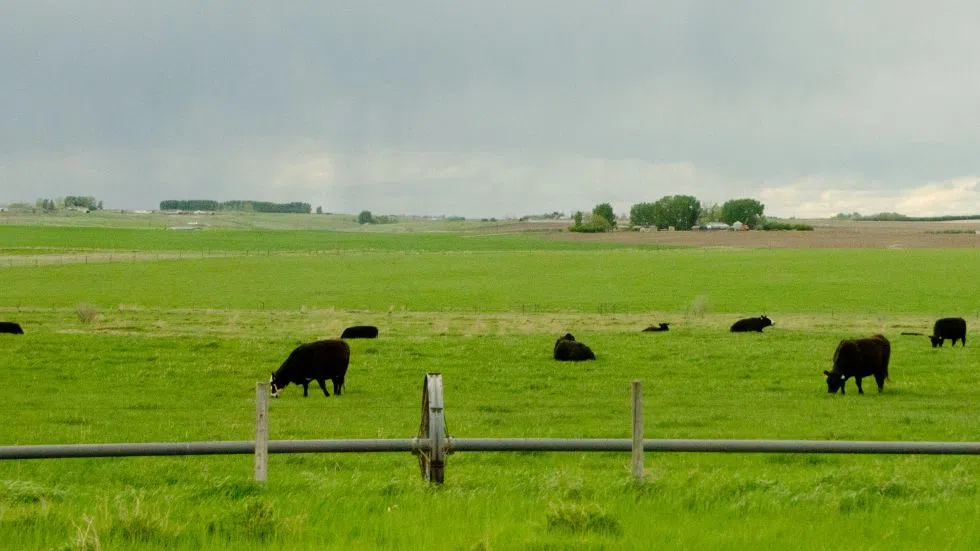
Final herds tested for bovine tuberculosis released from quarantine; no spread discovered
OTTAWA — The federal government has officially lifted the quarantine order for all farms under the bovine tuberculosis investigation which began in 2016.
Agriculture and Agrifood Minister Lawrence MacAulay announced Monday the government has removed the last of the quarantines for cattle farms in Alberta, Saskatchewan and Manitoba, noting no additional cases of the disease have been detected.
“The cooperation of individual producers and their industry associations played a key role in the progress of the investigation and this has allowed Canada to retain its bovine TB free status with no disruption in access to international markets,” said MacAulay in a statement.
The agency was testing 71 trace-in herds, which sent animals to the initial infected herd near Jenner within the last five years, before Christmas.
